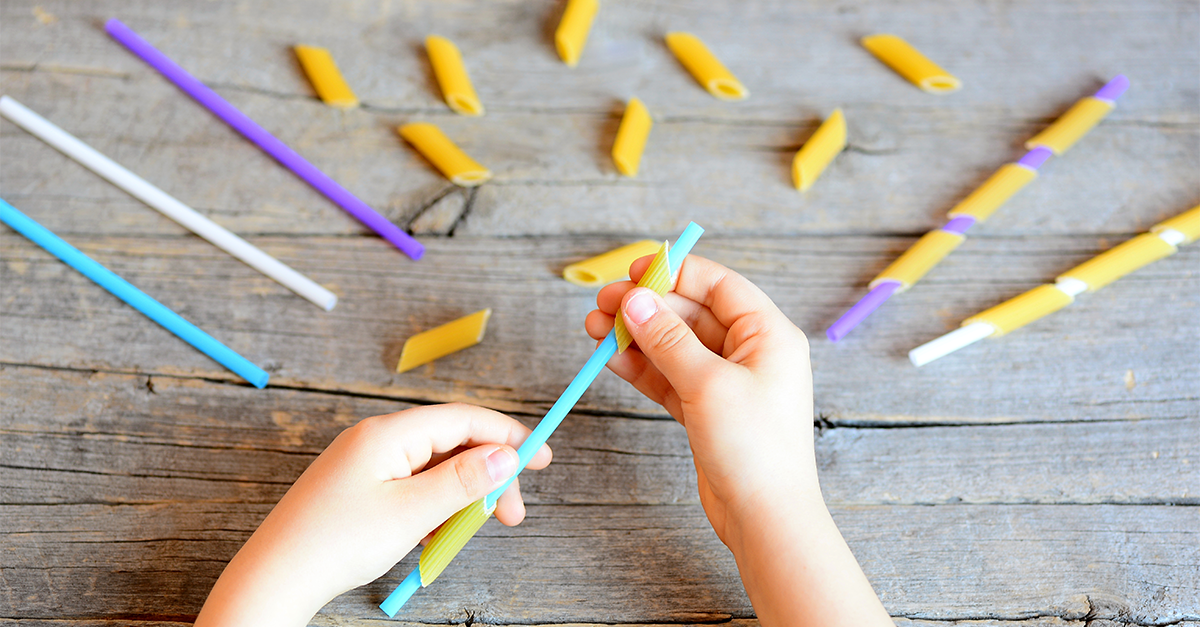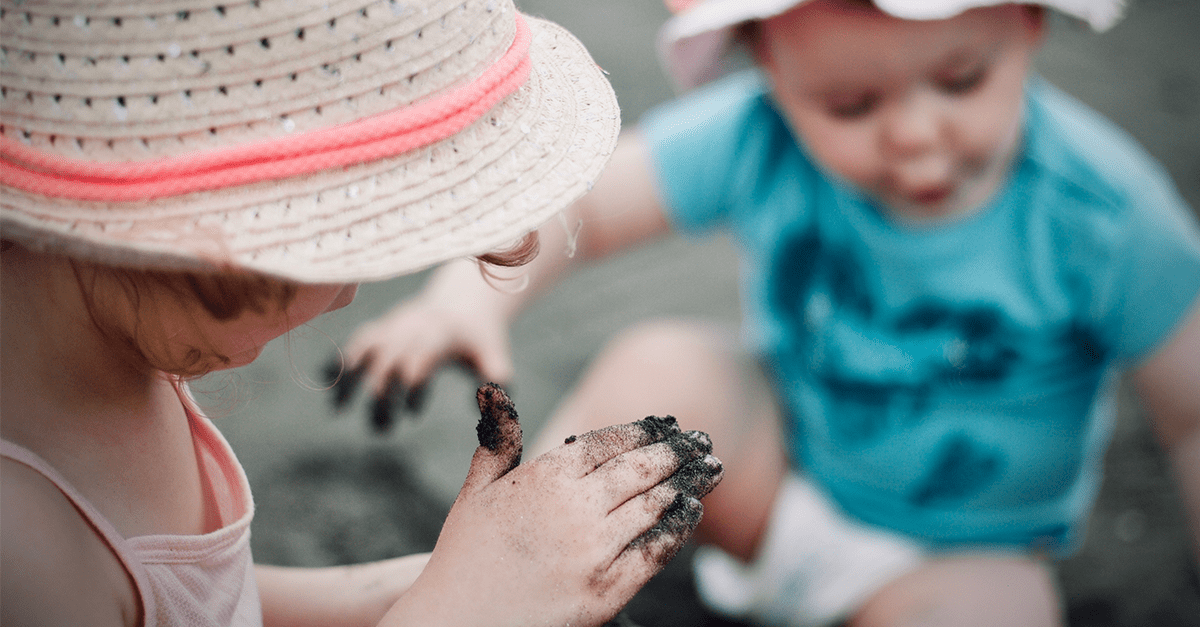In most cases, kids learn to walk, jump and run without much encouragement needed. We could say they learn to do that without giving us enough time to assimilate it. One day they crawl, the next day they are running like crazy with their nappy around their head and chocolate all over their face.

And there you are, still wondering how it all happened and how you are going to keep them calm now they’ve discovered how amazing running around and following you everywhere is.
Gross motor skills Vs fine motor skills
Well, so those are gross motor skills. Gross motor skills involve the coordination of large body parts, like arms or legs. On the other hand –no pun intended –, there’s fine motor skills (or dexterities), which involve the coordination of small muscles (like fingers and hands) with the eyes. Fine motor skills are fundamental to physical and mental development.
Kids develop fine motor skills gradually since the moment they are born. In fact, fine motor skills keep developing throughout our lifetime. Fine motor skills participate in pretty much all our day-to-day activities: using cutlery, brushing our teeth… Still, it’s always good to encourage the development of your kid’s fine motor skills through activities like the ones mentioned below:
Activities to develop fine motor skills
1. Undressing and dressing
All kids get undressed. But, like in a second. One minute they are fully clothed, the next minute they are running around commando. Honestly, as adults we find it hard to take our clothes off that fast.

If your child is going now through their naturist stage, don’t panic, it’s natural. They are learning to play with their fingers, and clothes are like an amusement park for fingers: zipping, unzipping, buttoning, unbuttoning, arm in, arm out, velcro… Think about it, it’s amazing!
After they’ve mastered the fine and noble art of undressing, kids start to get dressed too (yay!). It’s better if they start with clothes that are not too hard to put on: pants with elastic waists, pull-on tops, shoes with velcro… Little by little you can go adding small challenges, like a button, or a zip.
However, if you think your kid is developing a compulsive habit, you should check if there are other reasons. They might find their clothes uncomfortable (too hot, uncomfortable materials…).
Or… they might also be trying to call your attention. If this were the case, simply and firmly draw the line as to where they can do it and where they cannot do it (not in public spaces or around people outside the family, for example).
2. Stacking and sorting
Kids like to play both the architect and the Kaiju monster. They build amazing skyscrapers by stacking one block on top of another, and then they knock them down without batting an eye. Or worse, they actually show a lot of enthusiasm and excitement while doing so.

Don’t worry, your child is not a psychopath. In fact, all this building-destructing thing is a great way for children to move their fingers and develop their eye-hand coordination. You can help your child by letting them experiment with blocks of different sizes, shapes and colors; and, little by little, you will see how their skyscrapers reach the moon!
And… stacking and sorting 2.0!
By the way, there’s also games thought and designed to help your kid arrange shapes by color and size. Our app Kokoro kids the best tool for preschool available both on the App Store and Google Play has plenty of educational mini games that will help your toddler learn the shapes and colours while having fun!
3. Stringing
Bring on the pasta! When kids make macaroni necklaces, they develop their fine motor skills to the max –as well as a hideous yet adorable sense of fashion –.
How? The finger-eye coordination required for passing a shoelace through a macaroni is pretty remarkable. To this day, we still find it hard to pass a thread to the eye of a needle, to be honest.
4. “Cooking”

If there’s something better than mixing raw lentils with ketchup and water, spice and all things nice, we don’t know what it is. Let your child “cook” while you cook by giving them a small pan and some random ingredients. Kneading, pinching, poking and stirring are great exercises for developing fine motor skills!
5. Mosts daily tasks

Besides dressing and undressing, there are multiple tasks they do every day that help them develop their fine motor skills: brushing their hair, cleaning their teeth, using cutlery, opening and closing boxes, drawing, cutting with scissors, playing with dolls (dressing up a doll and brushing her hair is hard work, believe us), playing with playdough…
…
We hope you find this post useful! Don’t hesitate to leave a comment telling us what you do to help your child develop their fine motor skills!
See you soon!




